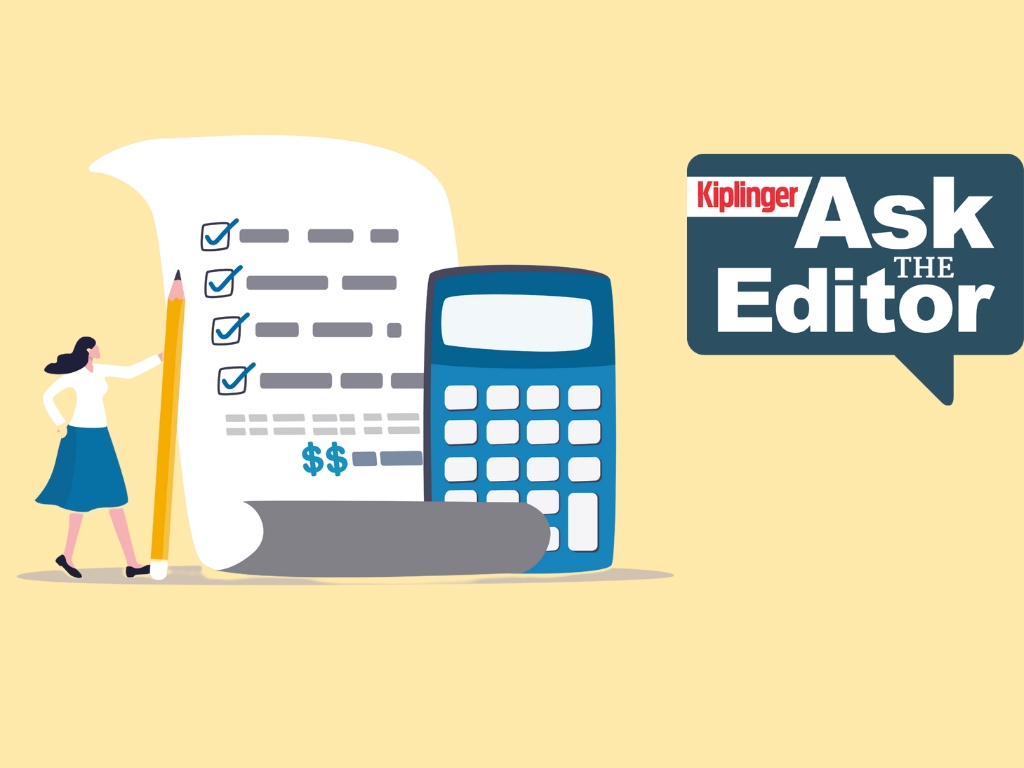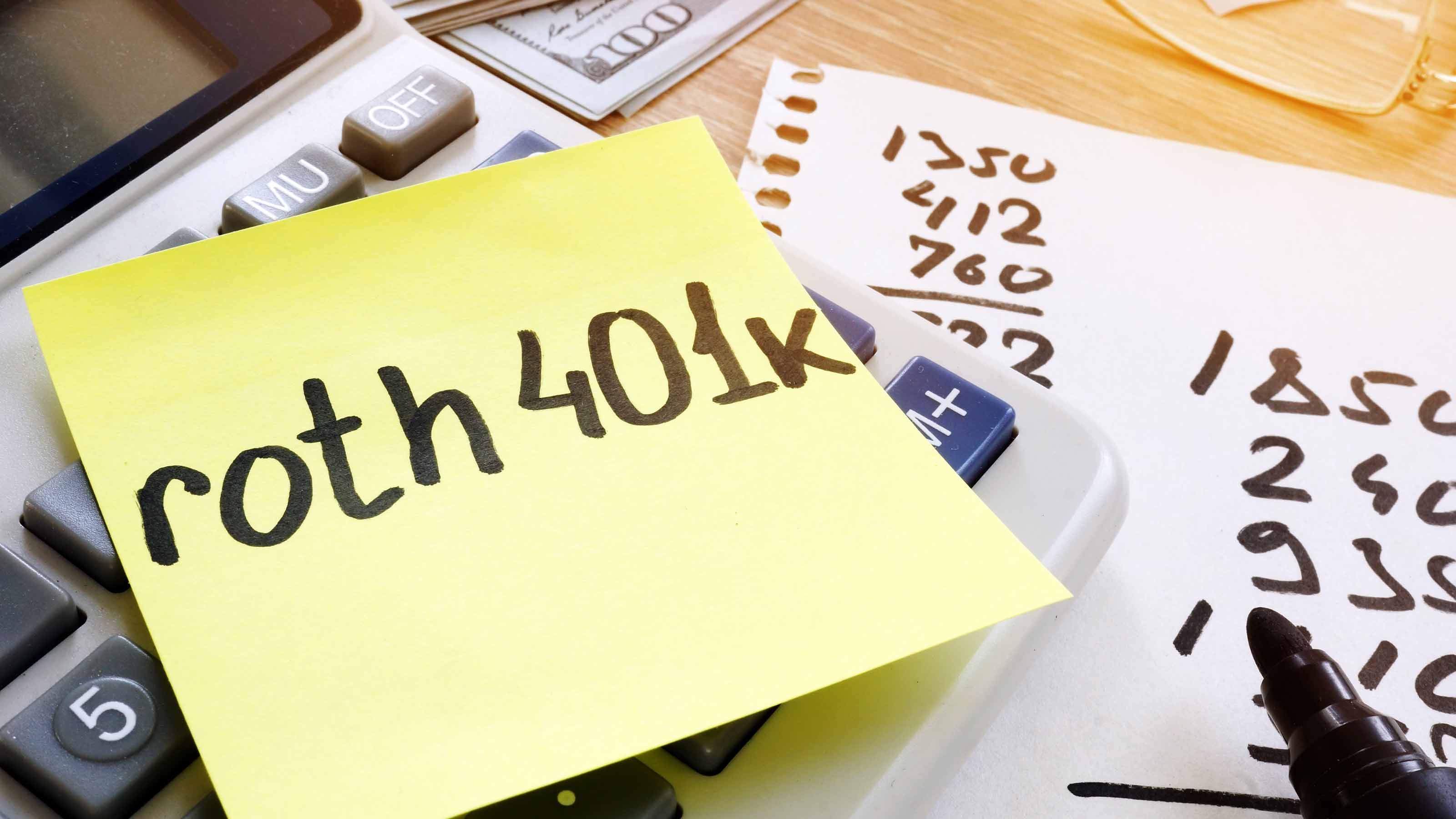Are Your Bonds Doing Their Job for Your Nest Egg?
Core bond funds should help a retirement portfolio stay afloat when stocks sink. Are yours?


Now that the dust has settled on the fourth-quarter 2018 market mayhem, it's time for fixed-income investors to review the instant replay. Did your core bond funds hold their ground, or even advance a little, as stocks stumbled? Or did they retreat, leaving you with red ink in every part of your portfolio?
If your answer is the former, you're likely on the right track with your bond holdings. If it's the latter, it's time to rethink your selection of core bond funds and the role that bonds play in your portfolio.
For retirees, bond funds should generally act as ballast, helping you withstand market volatility and giving you stable assets to tap when your stock holdings are down. But all too often, investors accept a lot of extra risk in exchange for slightly higher-yielding bond holdings, choosing funds that dabble in lower-quality debt and behave too much like stocks, says Allan Roth, a financial planner at Wealth Logic, in Colorado Springs, Colo. "Take your risks with equities," he says. "Have your bonds be the most boring part of your portfolio."
From just $107.88 $24.99 for Kiplinger Personal Finance
Become a smarter, better informed investor. Subscribe from just $107.88 $24.99, plus get up to 4 Special Issues

Sign up for Kiplinger’s Free Newsletters
Profit and prosper with the best of expert advice on investing, taxes, retirement, personal finance and more - straight to your e-mail.
Profit and prosper with the best of expert advice - straight to your e-mail.
The reasons become all too clear when markets go into a tailspin. In 2008, the average intermediate-term bond fund lost about 5%. That doesn't sound bad compared with stocks' 37% decline, but it was painful for retirees who didn't have any solid ground in their portfolios and were forced to sell holdings at a loss to cover living expenses. Some high-quality, plain-vanilla bond funds, however, were standouts in an otherwise abysmal year. The iShares Core U.S. Aggregate Bond exchange-traded fund (symbol AGG), for example, which tracks the Bloomberg Barclays U.S. Aggregate Bond Index, gained nearly 6%.
Fast-forward to the fourth quarter of 2018, when Standard & Poor's 500-stock index fell 13.5%. The average intermediate-term bond fund gained about 0.9%, and straightforward index-trackers again stood out: The iShares ETF gained 1.6%. But not all intermediate-term bond funds avoided losses. Invesco Core Plus Bond Fund, which has a significant stake in lower-quality "junk" bonds, lost nearly 1% in the fourth quarter and finished the year down nearly 3%. Loomis Sayles Investment Grade Bond, which can invest up to 15% of assets in below-investment-grade bonds, lost 0.7% in the fourth quarter and 0.6% for the year.
Those aren't massive losses, but investors should take note when their bond funds are "moving in the same direction as what you're seeing in the equity and risk markets, and not providing a lot of ballast," says Sarah Bush, director of the manager research team for fixed-income strategies at Morningstar.
Look at Bond Funds' Credit Quality
Investors looking for core bond funds that will help them stay afloat when stocks sink should pay attention to the credit quality of fund holdings. A junk-bond stake above the low single digits could be a red flag, Bush says. And steer clear of the highest-yielding funds, which are venturing into riskier territory to boost their income.
Solid options include Vanguard Total Bond Market Index (VBTLX). This fund tracks a version of the Bloomberg Barclays Aggregate Index, which excludes junk bonds, and charges fees of just 0.05%. American Funds Bond Fund of America (BFAFX) has a minimal junk bond stake and gained 1.5% during the fourth-quarter market slide. Buy the fund's commission-free F-1 share class through online brokerages such as Fidelity and Schwab.
While such higher-quality funds should hold up well during times of stock-market stress, they won't necessarily protect you from rising interest rates. (When rates rise, bond prices fall.) One option: Consider high-quality bond funds that keep interest-rate risk well below the category norm, such as Fidelity Intermediate Bond (FTHRX). Its duration is 3.8 years, versus 5.5 for the average intermediate-term bond fund, according to Morningstar. Funds with longer duration will fluctuate more when rates change.
Profit and prosper with the best of Kiplinger's advice on investing, taxes, retirement, personal finance and much more. Delivered daily. Enter your email in the box and click Sign Me Up.

-
 Nasdaq Leads as Tech Stages Late-Week Comeback: Stock Market Today
Nasdaq Leads as Tech Stages Late-Week Comeback: Stock Market TodayOracle stock boosted the tech sector on Friday after the company became co-owner of TikTok's U.S. operations.
-
 Disney’s Risky Acceptance of AI Videos
Disney’s Risky Acceptance of AI VideosThe Kiplinger Letter Disney will let fans run wild with AI-generated videos of its top characters. The move highlights the uneasy partnership between AI companies and Hollywood.
-
 Ask the Editor: Itemized Deductions
Ask the Editor: Itemized DeductionsAsk the Editor In this week's Ask the Editor Q&A, Joy Taylor answers questions on itemized deductions claimed on Schedule A of Form 1040
-
 457 Plan Contribution Limits for 2026
457 Plan Contribution Limits for 2026Retirement plans There are higher 457 plan contribution limits in 2026. That's good news for state and local government employees.
-
 Medicare Basics: 12 Things You Need to Know
Medicare Basics: 12 Things You Need to KnowMedicare There's Medicare Part A, Part B, Part D, Medigap plans, Medicare Advantage plans and so on. We sort out the confusion about signing up for Medicare — and much more.
-
 The Seven Worst Assets to Leave Your Kids or Grandkids
The Seven Worst Assets to Leave Your Kids or Grandkidsinheritance Leaving these assets to your loved ones may be more trouble than it’s worth. Here's how to avoid adding to their grief after you're gone.
-
 SEP IRA Contribution Limits for 2026
SEP IRA Contribution Limits for 2026SEP IRA A good option for small business owners, SEP IRAs allow individual annual contributions of as much as $70,000 in 2025, and up to $72,000 in 2026.
-
 Roth IRA Contribution Limits for 2026
Roth IRA Contribution Limits for 2026Roth IRAs Roth IRAs allow you to save for retirement with after-tax dollars while you're working, and then withdraw those contributions and earnings tax-free when you retire. Here's a look at 2026 limits and income-based phaseouts.
-
 SIMPLE IRA Contribution Limits for 2026
SIMPLE IRA Contribution Limits for 2026simple IRA For 2026, the SIMPLE IRA contribution limit rises to $17,000, with a $4,000 catch-up for those 50 and over, totaling $21,000.
-
 457 Contribution Limits for 2024
457 Contribution Limits for 2024retirement plans State and local government workers can contribute more to their 457 plans in 2024 than in 2023.
-
 Roth 401(k) Contribution Limits for 2026
Roth 401(k) Contribution Limits for 2026retirement plans The Roth 401(k) contribution limit for 2026 has increased, and workers who are 50 and older can save even more.